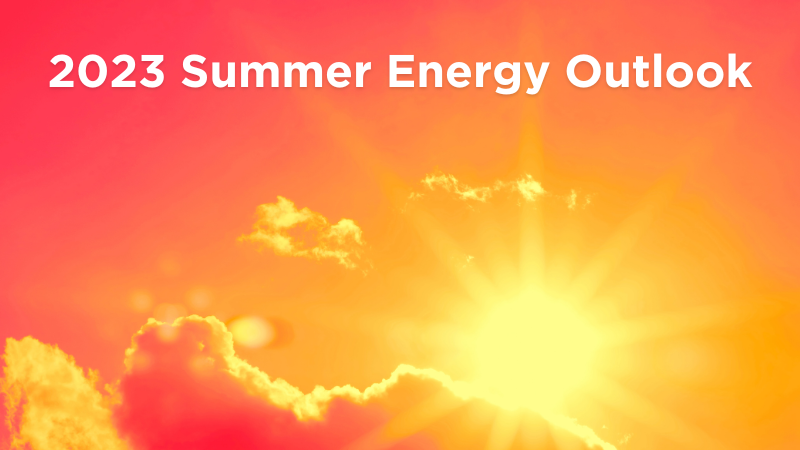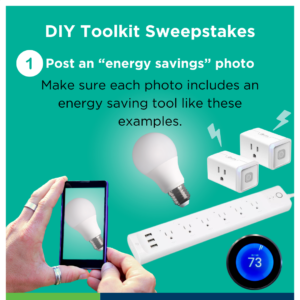
Sign up to know when it’s time to conserve
Following a record-breaking heat wave in late summer 2022, the grid is in a better position this year to handle the increase in seasonal electricity usage. The statewide Summer Loads and Resources Assessment for 20231 shows an improvement in the outlook on the upcoming summer month’s availability of electricity. The increase in energy supply is partly due to new renewable resources that have been added to the grid.
Statewide, over 3,700 megawatts (MW) of new solar is projected to be providing electricity to residents and businesses by September 2023 and new energy storage capacity is expected to be over 4,300 MW. Silicon Valley Clean Energy is continuing to invest in new solar and storage projects and has contributed to statewide totals by adding 3.1% of new solar and 1.2% of new battery storage to the grid.
In addition, the heavy snowfall during this past winter positions summertime hydroelectric resources to produce more electricity compared to previous summers.
However, this doesn’t ensure that this summer will be free from grid strains or conservation needs. It is best to prepare for any potential energy possibilities and emergencies. Customers are encouraged to sign up to receive Flex Alert notifications directly from the California grid operator, CAISO, at FlexAlert.org or download the ISO Today app. It is also helpful to be familiar with the different types of energy emergencies that may be called if impacted by extreme heat or wildfire conditions.
Types of Energy Emergencies
Flex Alert
Flex Alert is a voluntary call for conservation during peak electricity hours of 4 – 9 p.m. These alerts typically occur during extreme heat events and the hours are set due to a high electricity demand from air conditioning during the warmest evening hours when solar energy production fades.
Energy Emergency Alerts (EEA)
Energy Emergency Alerts (EEA) can be classified in three different stages.
- EEA 1 calls for a strong need for conservation to help maintain a stable grid.
- EEA 2 alerts that CAISO is unable to meet expected electricity demand and instructs backup power plants to come online.
- EEA 3 signifies that there will be a potential for power outages or rotating outages have been ordered, if the grid is unable to meet energy requirements.
Public Safety Power Shutoff (PSPS)
Public Safety Power Shutoff (PSPS) is a power outage proactively administered by PG&E to help mitigate fire-threat due to certain weather conditions.
Enhanced Powerline Safety Settings (EPSS)
Enhanced Powerline Safety Settings (EPSS) are advanced safety settings placed by PG&E to automatically turn off powerlines if a hazard occurs. These safety devices have been deployed to reduce risk of electrical line-caused wildfires.
What you can do
(1) Sign up for Flex Alerts so you know when it’s time to conserve energy
(2) When Flex Alerts are called, take the following actions:
- Before a Flex Alert
- If you have air conditioning, set it down to 70 degrees to pre-cool your home
- Use major appliances like your dishwasher, washing machine and dryer
- Charge your EV
- Close window coverings to keep your home cooler
- During a Flex Alert
- Avoid using major appliances
- Set thermostat to 78 degrees, health permitting
- Do not charge your EV (checkout the GridShift app!)
- Turn off unnecessary lights and unused devices like computers or TVs
(3) Sign up for the Power Saver Rewards Program and get paid to reduce your energy use on certain days.
(4) If you rely on power for medical devices, check out the resources available through the Silicon Valley Independent Living Center.


